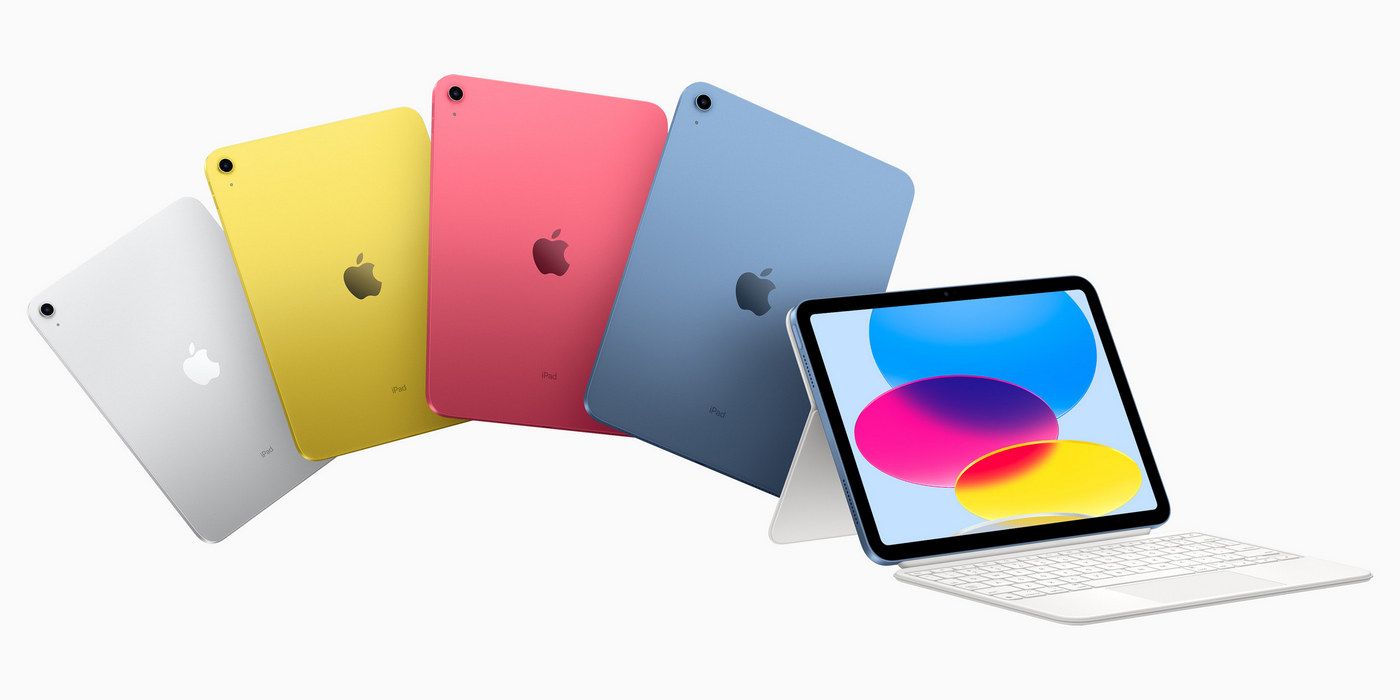The introduction of the 10th-generation iPad has ripple effects that affect the entire lineup, disrupting the iPad Air and iPad Pro userbase.
With the introduction of the 10th-generation iPad, Apple has decided to raise the of the base-model iPad, but the move ends up convoluting the entire iPad lineup and creating a new product that is nearly impossible to recommend. Apple’s standard iPad has been one of the best deals for tablet users for years, offering the necessary features and a familiar experience for around $300. This has made it the ideal tablet for kids, students and casual users.
The cheapest iPad has had the same general form factor for at least five generations. Though updates to the design stagnated, Apple routinely upgraded the internals of the base iPad and occasionally improved the display. That allowed the company to keep the starting price of iPad models at $329, and that price regularly dipped below $300 at retailers like Target, Best Buy, and Amazon. It was easily the most accessible product in Apple’s lineup, and could be recommended to almost anyone looking to purchase a quality, inexpensive tablet.
The consistent release of affordable and capable base-model iPads ends with the launch of the 10th-generation iPad in 2022. Apple’s latest standard iPad gets a full redesign to match the iPad Pro, iPad Air, and iPad mini — but gets a subsequent price hike. The starting price of the 10th-gen iPad is $449, which is over a hundred dollars more than last year’s starting price. On paper, the upgrades to the iPad are probably worth that price. There’s a landscape camera, Liquid Retina display, and an A14 Bionic chip. However, Apple missed its target audience with the latest iPad release.
iPad Buyers Want A Cheap Option
Apple had a great iPad lineup with the iPad, iPad Air, and iPad Pro. Prospective buyers looking for a powerful laptop alternative could choose the iPad Pro, packing a laptop-class chip and professional-grade display. The iPad Air was a step down from the iPad Pro, offering key upgrades from the base-model iPad but not quite reaching the top model’s specs. Since the iPad Air and iPad Pro are both compelling tablets with reasonable price tags, that left the base-model iPad as the only option for the budget-conscious buyer. They aren’t concerned with having the latest and greatest tech, or even using their devices to their maximum potential. Instead, these buyers want to get a serviceable product at the cheapest price.
For these buyers, the upgrades to the 10th-generation iPad aren’t worth the additional cost. Apple knows this, because it decided to keep the 9th-gen model up for sale at its original $329 price. So, the 10th-gen iPad lives in a gray area, with no ideal customer in mind. People who want the cheapest model will pick up the 9th-gen iPad, and people who need or want an upgrade will likely splurge for the iPad Air or iPad Pro. The end result is a product that is without an eager market, and an overlapping product lineup that looks to be confusing to new buyers. Though the 10th-generation iPad does bring significant improvements to Apple’s base-model iPad, the company missed the mark with its latest product.
Source: Apple


.png)



